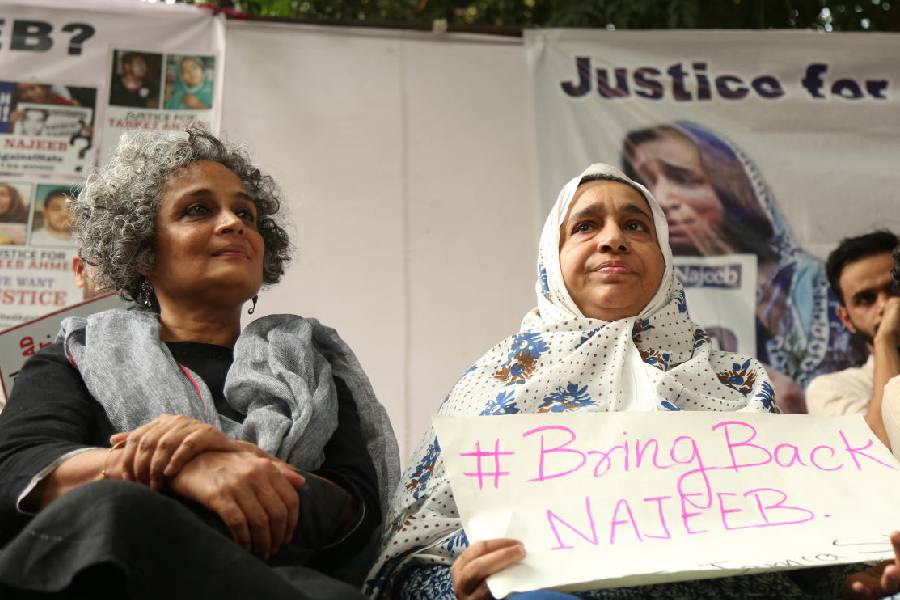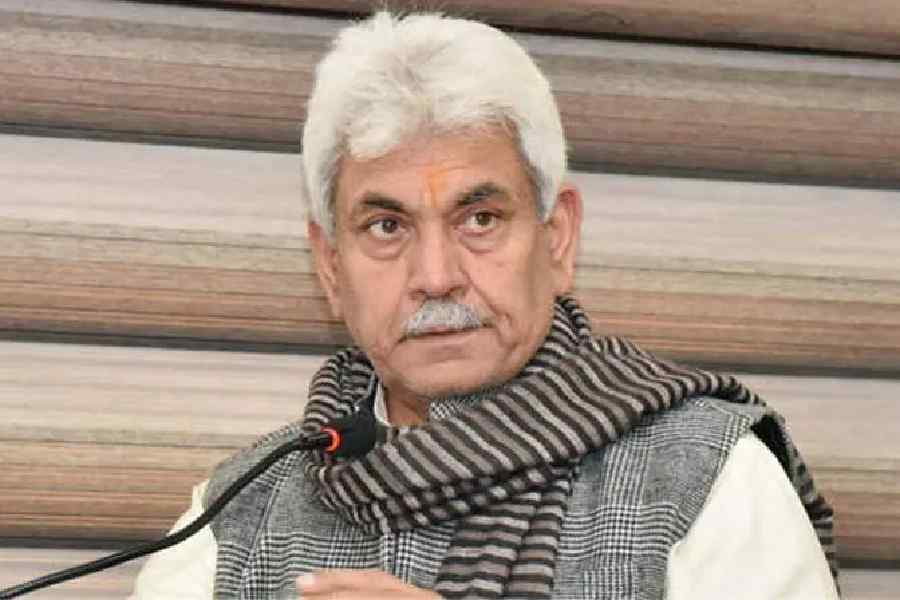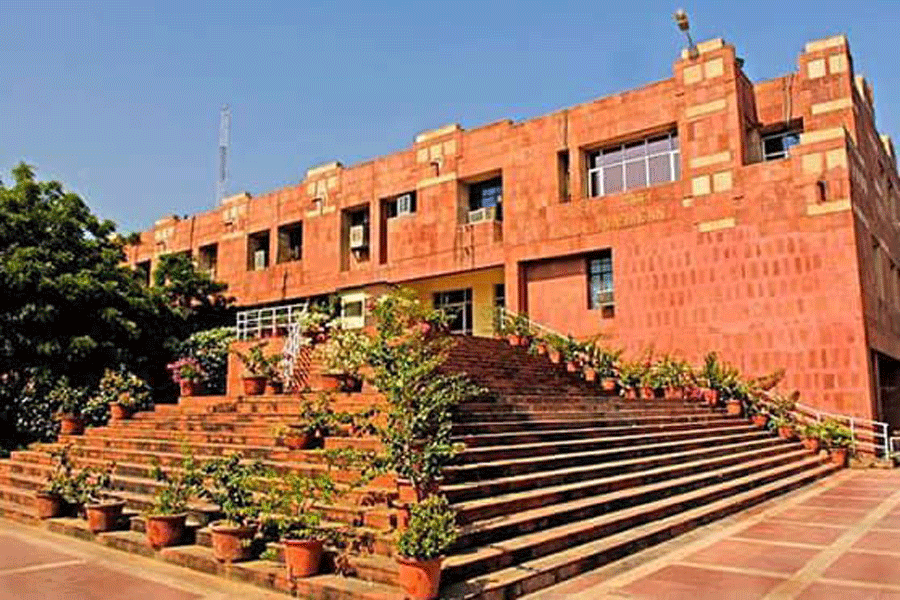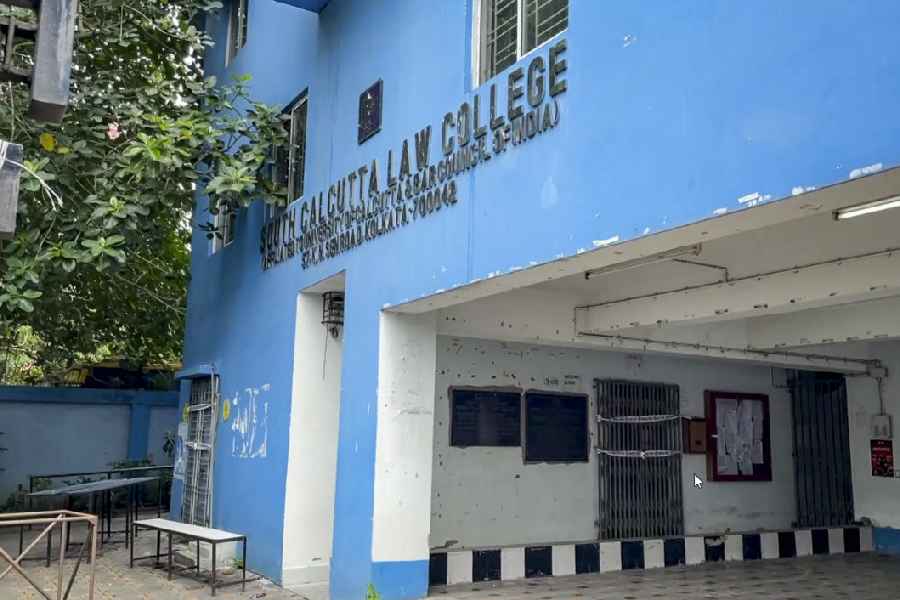 |
 |
| An artefact found at the site of the excavations and (above) the diggings at Telhara. Telegraph pictures |
Patna, Feb. 8: The ongoing second round of excavation at Telhara, 29km west to Nalanda, has further lent credence to the theory that this Buddhist monastery was set up during the Gupta period.
“Pottery found during the excavation work hints that the monastery existed even during the Gupta period,” Atul Verma, the excavation and exploration officer of the art and culture department, leading the excavation team, told The Telegraph over phone from Telhara.
The pottery comprises black and red ware, sand red flip ware, which suggest the existence of the monastery in the Gupta period (AD 4th to 7th century).
The second round of excavations got underway on January 13 and is likely to continue till May this year.
Apart from the deeper digging of three of the seven trenches in which excavation was done in the first round, excavation in four new trenches would be undertaken in the second round.
Age apart, the latest findings also gave credence to the theory that this monastery was a centre of Tantric Buddhism. “Findings of statues of Marichi and Yamraja during the ongoing excavation suggests that this was a centre of Tantric Buddhism,” Verma said.
While the statue of Yamaraja, which is a rare finding, has seven heads and the “god of death” is sitting on seven horses, the statue of Marichi is sitting on six swines.
The latest round of excavation has also revealed presence of a 35-metre-long wall which has a height of 4.35 metre. “The height of this wall may be more as digging work in the trench is still on,” Verma said. Bricks used in wall are 32cm long, 18cm in breadth and 6cm wide each.
Senior officials in the art and culture department are very excited about the findings of the latest round of excavation and the department’s principal secretary K.P. Ramaiah would visit the site on 11th of this month.
“I want to see the findings of the latest rounds of excavation, hence I have decided to visit the site,” Ramaiah told The Telegraph and added that funds would not be a constraint as far as carrying out the excavation work at this site is concerned. The department is determined to collect all possible details related to this important site.
This monastic site was first discovered in 1872 by A.M. Broadley, the then district magistrate of Nalanda, which was commented on with some details by Alexander Cunningham between 1875 and 1878.
The first round of excavation at this site had started in December 2009 and it lasted about five months. The excavation had unearthed evidence of a three-storeyed concrete structure.
Existence of this structure has also been mentioned in the travel account of Chinese traveller Hiuen Tsang who visited the place in AD 7th century. Evidence of prayer halls and residential cells for monks in the monastery was also found during the first round of excavation.
It also revealed the presence of a 34-metre-long floor lined with a number of cells. The vast floor is dotted with a number of platforms with images of Buddha installed on them. A 4-foot-high blue basalt image of Buddha in Abhay Mudra and another in Dharma Chakra Mudra have also been found on the floor of the hall. These things suggest that it was a prayer hall, the presence of which has also been mentioned by Hiuen Tsang.










